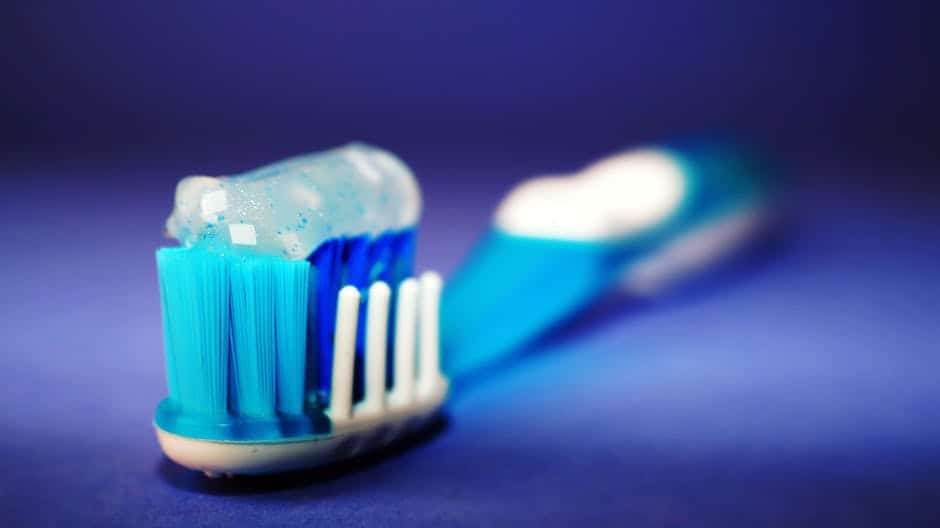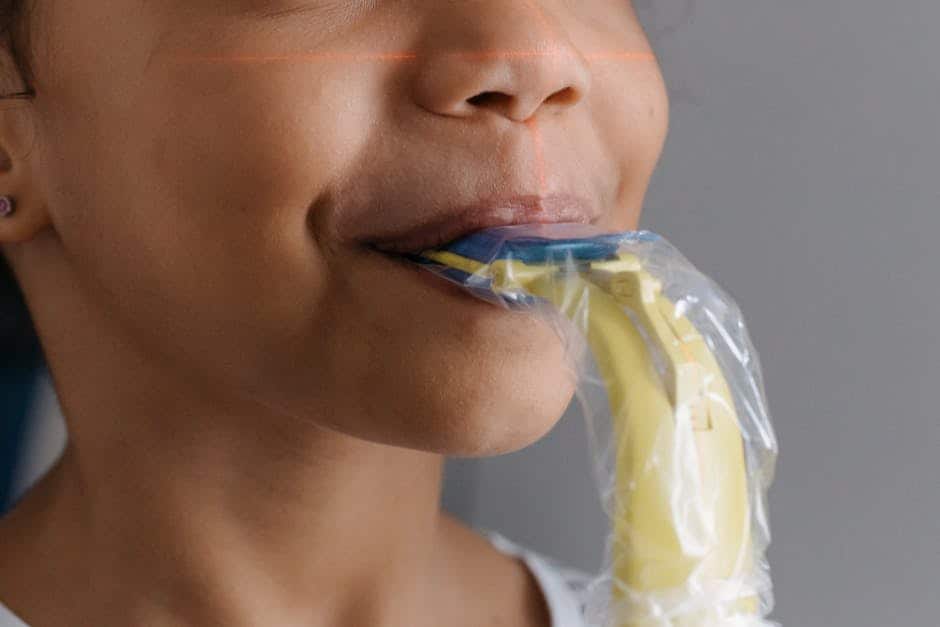
09 Dec Kids Dental Care Essentials
In a world brimming with sugary temptations and tooth-tempting treats, safeguarding our children’s dental health has never been more paramount. The journey towards a sparkling, cavity-free smile begins with the simplest of rituals: establishing a robust brushing routine. Brushing with fluoridated toothpaste not only fortifies teeth against decay but also sets a cornerstone for a lifetime of healthy dental habits. As parents and caregivers, it’s our mission to make this daily routine less of a chore and more of an engaging, fun-filled quest for our young ones. Add to this the power of healthy eating, and we pave the way for oral well-being that supports a stronger, happier generation.
Establishing a Brushing Routine
Sink-side Bonding: Establishing a Fun and Effective Tooth Brushing Routine for Kids
Hey there, fellow parents and guardians! Let’s gather around the tap and have a little chat about those pearly whites. Establishing an effective brushing routine for little ones may seem like a chore, but what if it could become a treasured part of the daily grind? Sparkling smiles and giggles await with these tried-and-true tips to get your kiddos to brush without the fuss.
To start, remember you’re not just teaching a skill, you’re creating a habit – and habits form best when they’re introduced early and consistently. Aim to introduce brushing as soon as those first baby teeth peek through. This sets the stage for a lifetime of good oral hygiene.
First things first, pick the right tools. Tiny mouths need tiny toothbrushes with soft bristles to protect delicate gums. Let the little ones in on the action by letting them choose their brush – superhero-themed or glittery princess, perhaps? As for toothpaste, use a smear (the size of a grain of rice) for kiddos under three and a pea-sized dollop for those between three and six.
Next, it’s timing time! Brushing should happen twice a day (morning and before bed) for two minutes. Consider using a timer or play their favorite song to pass the time. Little secret: those two minutes are also perfect for squeezing in a tickling session or a little dance-off to keep things exciting.
Here’s a game-changer: guide their hands. Young children don’t have the motor skills to brush effectively on their own. Stand behind them, gently guiding their hand in the right motions – think gentle circles, not back-and-forth sawing. Show them how to reach every nook and cranny, especially those back molars that love to hide from the brush!
Now, let’s talk about mirror, mirror on the wall. Position your child so they can see themselves in the mirror. This helps them understand what they are doing and reinforces good technique – plus who doesn’t love making funny faces with a mouth full of bubbles?
Make it a family affair. Children love to imitate, so lead by example. Brush together and they’ll want to mimic your every move, from the way you squeeze the toothpaste to how you rinse and spit.
Lastly, praise generously. Celebrate a job well done with high fives and cheers to make them feel like a brushing superstar. Positive reinforcement can make all the difference in fostering a positive attitude towards brushing.
Though cavities are the strangers we never want to invite in, fear not! With these handy tips, you’re well on your way to raising a troupe of enthusiastic brushers. So here’s to healthy habits, gleeful grins, and a future of sparking smiles all around!

Healthy Eating for Dental Health
As dedicated caretakers, knowing what fuels our little ones can be just as crucial as how they brush their pearly whites. A diet that encourages strong, healthy teeth is a cornerstone of preventative pediatric dental care. Here are the dietary dos and don’ts to keep those kiddo chompers in tip-top shape!
Encourage Calcium and Phosphorus-rich Foods: These minerals are the building blocks of enamel. Incorporate milk, cheese, yogurt, or fortified plant-based alternatives, alongside nuts and lean meats, into their diet to keep teeth strong and resilient. Champion Crunchy Fruits and Vegetables: Nature’s toothbrushes, crunchy options like apples, carrots, and celery, help to naturally clean teeth and freshen breath. Their high fiber content also stimulates saliva flow, which acts as a defense mechanism against cavities by neutralizing acid and washing away food particles. Promote Plenty of Water: Water, especially when fluoridated, can strengthen tooth enamel, making it more resistant to decay. Encourage children to choose water over sugary drinks to keep their mouths clean and hydrated. Limit Sugary Snacks and Acidic Foods: The bacteria in our mouths love sugar as much as we do, feeding on it and producing harmful acids. Decrease the frequency and quantity of sugary treats and acidic beverages like soda and fruit juice to protect enamel from erosion. Be Wary of Sticky Snacks: Gummy candies, dried fruits, and even some types of crackers can cling to teeth, giving bacteria extra time to feast. Opt instead for snacks that clear out of the mouth quickly. Choose Whole Grains over Refined: Whole grains contain less sugar and more nutrients that support gum health compared to their refined counterparts. Whole grain breads, pasta, and cereals can be smart swaps for a tooth-friendly diet. Include Vitamin-Rich Foods: Vitamins A, C, and D, along with calcium, collaborate to maintain healthy gums and prevent gum disease. Oranges, sweet potatoes, and fish are excellent choices to supply these vitamins. Well-balanced Meals for Overall Health: A varied diet full of vegetables, fruits, proteins, and whole grains will not only aid in the health of your child’s teeth, but their overall development as well.Remember, a well-rounded diet goes hand in hand with good oral hygiene practices. Balance their biscuit with a broccoli sprig, and make sure they tilt that water bottle back after each meal. With these nutritious strategies, your children’s dazzling smiles will be a testament to their solid diet and the vigilant care you provide. Keep on munching, crunching, and smiling your way to a lifetime of healthy teeth!

Photo by alexpadurariu on Unsplash
Regular Dental Checkups
Beyond the Brush: The Necessity of Pediatric Dental Checkups
While it’s indisputable that good oral hygiene starts at home, there’s another cornerstone just as critical in maintaining the pearly whites of our little munchkins: the importance of regular dental checkups. Let’s dive into the reasons why scheduling that dentist appointment can make all the difference to a child’s oral health.
Catching Issues Early: During growth spurts, children’s teeth can be as unpredictable as their next mood swing. Regular dental checkups are essential for identifying issues like tooth decay, misalignments, or even the early stages of gum disease, often before they become visible to the naked eye or start causing pain.
Professional Cleanings: No matter how diligently kids brush, there are spots they might miss. A dental hygienist has the tools and expertise to perform thorough cleanings that remove plaque and tartar build-up, safeguarding against cavities and gingivitis.
Fluoride Treatments: Most pediatric dentists advocate for fluoride treatments during checkups to strengthen the enamel on baby and adult teeth. This ‘armor coating’ is a significant shield against decay and can repair minor tooth demineralizations.
Sealants: Many children benefit from sealants, a protective coating that’s applied to the grooves of molars to ward off decay. This preventive measure is a smart move for teeth that are notorious for harboring food particles and bacteria.
Monitoring Growth: As youngsters transition from a mouthful of baby teeth to a shiny set of permanent ones, dentists monitor this evolution to ensure everything is developing correctly. They can spot potential orthodontic issues and recommend early intervention when it’s most effective.
Education and Reinforcement: Dentists are excellent educators on proper oral care techniques tailored to growing children. Moreover, receiving praise from someone other than a parent or guardian can greatly reinforce a child’s desire to take care of their teeth.
Breaking Bad Habits: Whether it’s thumb sucking, teeth grinding, or using teeth as tools, a chat with the dentist can help to end damaging habits that might interfere with oral health or the proper development of the teeth and jaw.
Emergency Planning: In the unfortunate case of dental emergencies, such as a chipped tooth or a knock-out accident, having an established dental home allows for quick and familiar care, which is crucial during such stressful situations.
While parents lay the foundation for a lifetime of healthy smiles, regular dental checkups act as the cornerstone of oral health, fine-tuning our efforts and catching things we might otherwise miss. They’re not just appointments; think of them as the other half of a partnership in the quest to keep children’s smiles wide, bright, and most importantly, healthy. Encourage those kiddos to open wide for more than just a spoonful of peas—set them up for a future where dental appointments are just another healthy habit, right alongside brushing and flossing.

The tapestry of children’s dental care is woven with the threads of diligence, education, and professional oversight. By championing the causes of consistent brushing, mindful eating, and proactive dental checkups, we lay a foundation of health that transcends beyond teeth and gums, influencing overall well-being. Let the sparkle of our children’s smiles reflect the care we’ve invested and the knowledge we’ve imparted, lighting up their paths with bright, confident futures. Here’s to nurturing smiles that beam with the vibrancy and strength of a well-cared-for dentition, for today and all the tomorrows to come.

Sorry, the comment form is closed at this time.